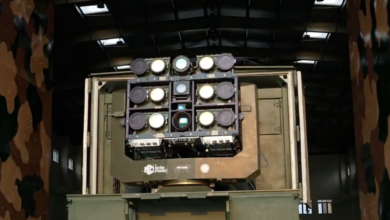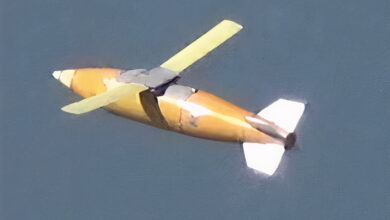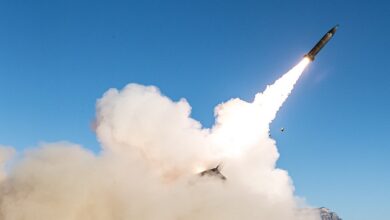India Unveils New ‘Ugram’ Indigenous Assault Rifle
India’s Defence Research and Development Organisation (DRDO) has launched the country’s new, domestically-built assault rifle for the armed forces, paramilitary, and state police.
Called the “Ugram,” the weapon uses a 7.62 x 51-millimeter caliber round and weighs less than four kilograms (8.8 pounds).
It was developed and manufactured with private industry partner Dvipa Armour India Private Limited.
The rifle has a 20-round magazine, can fire in single and fully automatic modes, and has an effective range of 500 meters (1,640 feet).
The Ugram is comparable to the latest AK- and AR-type rifles in service with many armed forces worldwide, according to a report by The Indian Express.
Upcoming Trials
The indigenous assault rifle is scheduled to undergo a series of internal testing, acceptance trials, and user trials before being inducted into the armed forces.
According to DRDO official Ankathi Raju, the trial will see the weapon fire numerous rounds without stopping to evaluate its accuracy and consistency.
The Ugram will also be tested in various weather and geographic conditions, including at high altitudes, to see if it can support operations along the country’s contested border with China.
“If some non-compliances are found, we will have to address them in specific time and the trials will be redone,” Raju stated.
‘Shortfall’ of Assault Rifles
The move to develop its own rifle was made despite the Indian government approving the purchase of 70,000 SiG 716 assault rifles from Sig Sauer.
The US-made weapons will be used in counter-terrorism and other major operations of the Indian Army.
Dvipa Armour India director Ram Chaitanya Reddy said the country proceeded with the domestic development because of the current “major shortfall” of assault rifles in India.
“The AK-203 project has not taken off because of the Russia-Ukraine war,” he told the outlet. “So, this window of opportunity has come up. Three months ago, in October 2023, we received the order. And we have successfully given five prototypes.”












